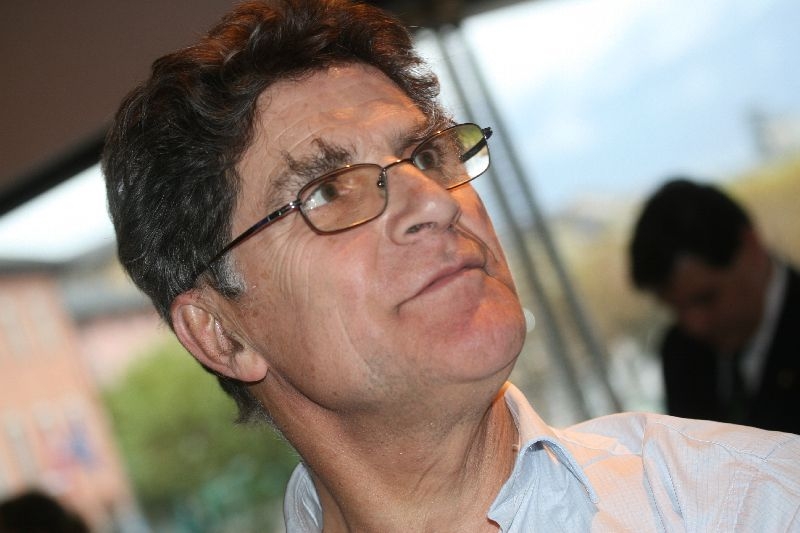Last night I led a hearty band of wine enthusiasts through a pretty exhausting comparison of old world and new world wines. It was far from comprehensive, but the selections provided the right platform to compare wines from the two worlds. The results even surprised me.
Old world wines -- principally from European countries -- tend to be more subtle, less alcoholic, higher in acid and more restrained. This is principally a result of a cooler climate that doesn't allow the grapes to ripen as well. But, the wines are also a product of tradition. Generations of old world producers have for centuries made wines for their villages and to accompany meals. The names of their villages -- not the grape variety -- is still the sole focus on their labels.
New world producers -- Australia, New Zealand, North and South America, etc. -- on the other hand, are more likely to use technology and science to produce wines in much warmer climates. The name of grape variety or the vineyard play a more important role on the label than the village where the grapes are grown.
The differences can be found in the glass, as my tasting vividly proved. A sauvignon blanc from the Loire Valley was clean, simple, medium bodied while a New Zealand sauvignon blanc was bold, stylish and grassy.
The red wines compared similarly. I liked the contrast between a Spanish monastrell and a California mourvedre (same grape). The Rioja monastrell was rustic with earthy, barnyard aromas, medium body and subtle spice and oak flavors. The Cline Mourvedre -- a perennial favorite of mine -- was fruit-forward with ripe cherry fruit flavors and more oak influences, such as spice, vanilla and even a dash of chocolate. The first would do better with food than the ripe and jammy Cline.
Two new world cabernet sauvignon blends -- Unanime from Argentina and Columbia Crest H3 from Washington state -- were classic contrasts to a simple Bordeaux blend from Chateau Fonseche. The Bordeaux, made in a cooler climate, revealed black berry and currants while the other two had more black cherry flavors that come from a warmer climate.
As the climate changes between wine-growing regions, the differences are becoming more subtle. But as winemakers travel between regions and learn from each other, so merges their wine-making techniques. Old world countries have been adopting new world practices, including an emphasis on organic farming. And, there is the risk of over-generalizing these differences.
Not to be underestimated is the desire of new world producers to back off its fruit-forward, highly extracted and alcoholic style. This was a style embraced by international wine critic Robert Parker Jr. who could break a producer who chose to ignore his high scores. But it also impressed American consumers who tend to like ripe, bold wines with a dash of residual sugar.
At the end of the tasting, one taster said the comparisons allowed her to better define the kinds of wine she likes. The next time she goes blindly into a wine shop or restaurant she can tell a merchant that she's looking for an old world wine that is more subtle and less ripe. That was music to my ears. It's not that she won't enjoy a New World wine, but she knows what her palate likes and she can intelligently describe it.
Such comparisons are invaluable in understanding that geography and technology between continents have great influence in taste.




